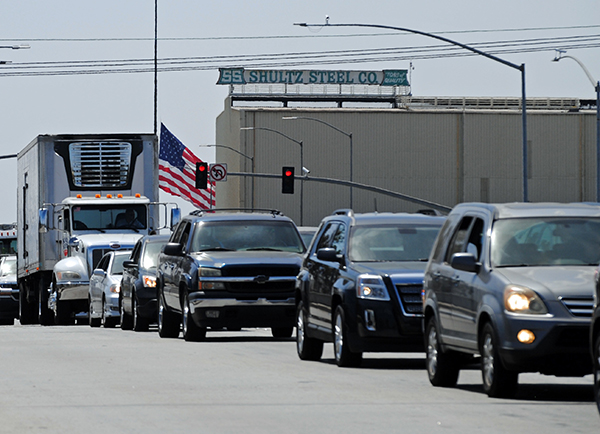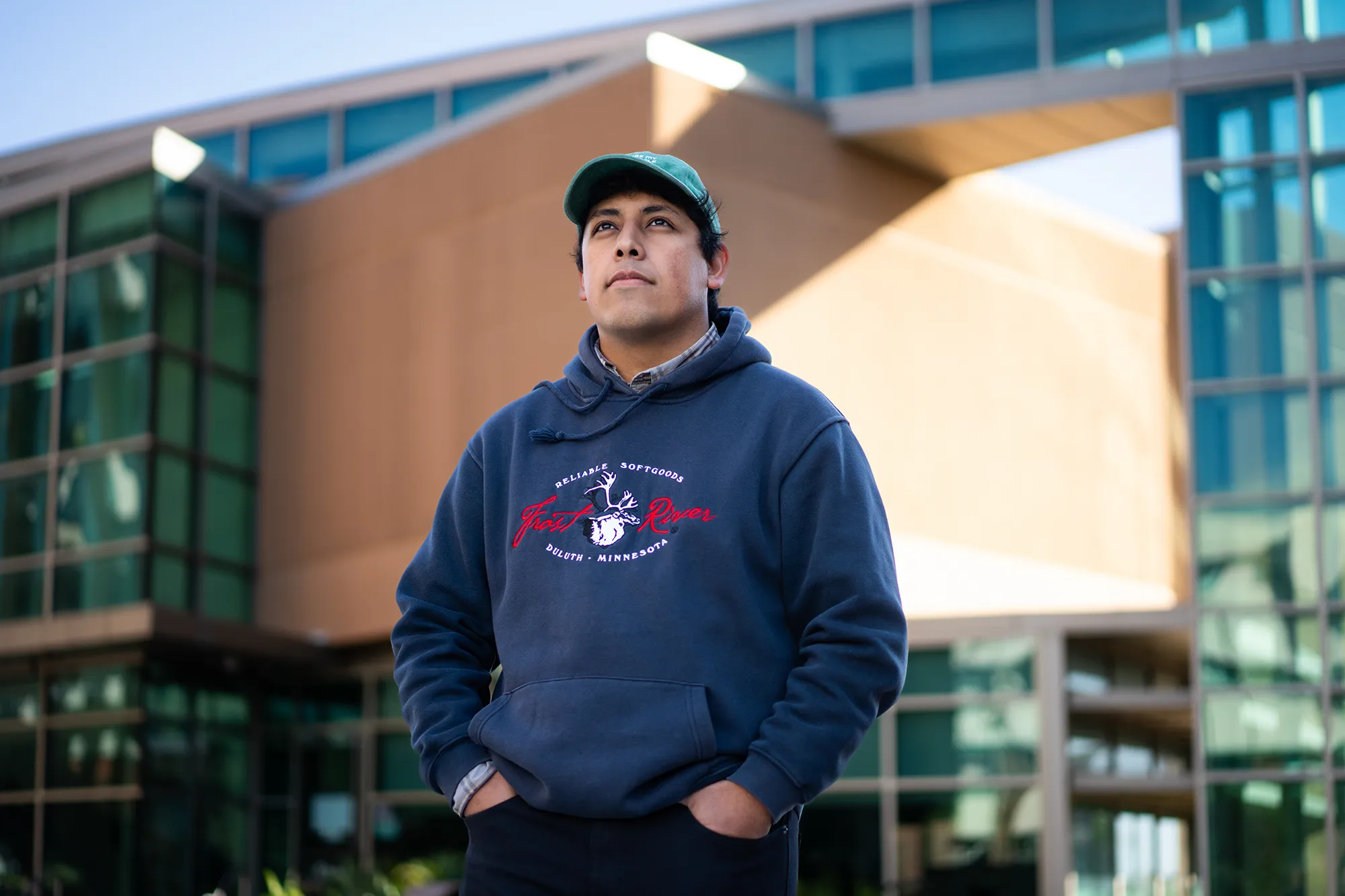By Alfredo Santana
Contributing Writer
LOS ANGELES — A technical team tasked with helping evaluate projects in the Long Beach (710) Freeway corridor will run models to test their performance aimed at cleaning air and improving transportation in the busy corridor.
More than 200 infrastructural projects are slated to be tested as part of an evaluation criteria to find out how efficient they are to improve air quality, mobility and safety along the 19-mile stretch before they incur quality analysis by the task force and the Community Leadership Committee.
Jon Overman from transportation consulting firm Cambridge Systematics, said at the monthly task force meeting sponsored by the Metropolitan Transportation Authority that each project would be graded with blue dots moving from light to strong shades to indicate degrees of benefits.
Projects will receive zero points if they are dotted with no benefits, one for low benefits, two for medium, and the highest score of three for high benefits, with an additional evaluation of not applicable, depending on reference goals.
“Some are going to score higher, some are going to score lower,” Overman told the task force members.
The methodology will also apply to evaluate issues of equity and sustainability.
On potential concerns, the rubric will use pink dots to grade no negative impact, low, medium and high negative impacts, plus the not applicable circle.
The evaluation for concerns would gauge potential for displacements, direct physical impact to properties, increase commute times, traffic diversion and emission shifting, congestion and safety, construction and increased miles traveled in vehicles.
“We anticipate some projects will have some concerns,” Overman said. “However, there will be projects with zero or no concerns on community impacts.”
However, Connell Dunning, a scientist with the U.S. Environmental Protection Agency, questioned the existence of not applicable as opposed to no benefit grading, and announced the agency submitted a request to meet with representatives from the twin ports of Long Beach and Los Angeles and the MTA to discuss the criteria before work groups gather next month.
“I feel that we might be obscuring some information that could inform decision-making,” Dunning said.
Echoing the scoring discrepancy, Chris Chavez, deputy director with the Coalition for Clean Air, said different groups may sway grading using criteria from a unique perspective on how an issue cut into the analysis.
Both comments came on the heels of searing criticism from community leadership members who underscored the lack of projects to directly address health conditions such as asthma and hypertension caused by pollution, even though they are separate from transportation projects.
At the June task force meeting, the project team concluded community health benefits are included in the evaluation criteria and projects’ impact assessment is premature at current levels of analysis.
Overman said they will take feedback based on each project’s scoring and issues will not be decided with votes.
“We’ll consider the case and we’ll kind of take it back to the technical team to determine whether it warrants another look,” he said.
The grading scores arrive amid the release of a new project timeline and schedule of meetings booked from July through next February, when the MTA Board of Directors is expected to receive the final list for the investment plan.
“We are in the home stretch,” said Michael Cano, the MTA’s executive officer of countywide planning and development. “We want to definitely have an investment plan with federal and state [agencies’] support for the projects.”
He said corridor projects received more than $116 million in the last 12 months. The U.S Department of Transportation allocated $60 million to fund a pilot program to reconnect communities in Long Beach.
Also, the state granted $56.1 million to support transit projects in Bell Gardens, Long Beach, Commerce, Wilmington and in unincorporated Los Angeles County to make connections to the MTA A (formerly Blue) line.
Cano referred to President Joe Biden’s Infrastructure Investment and Jobs Act as a main source of last year’s funds, and for its potential to support others such as devising a network of electric charging stations for trucks and cars.
Cano said the evaluation process will be open for the public to offer feedback along the way, and announced combined task force, Community leadership Committee and equity group meetings in July, August and September.
The goal is to get everyone involved to meet in person in the same room to hear and understand different perspectives, build consensus and have a broader understanding of how equity will be integrated to evaluate and prioritize projects, he said.
Cano said MTA staff is working to leverage certain projects’ potential for funding, and to implement programs for those that resonate and align with community’s goals but lack MTA financing.
He said the MTA would not be building every project. Caltrans, railroads and the ports will play a key role in the corridor as well, he said.
Projects will be divvied up into four tiers: from good alignment with corridor vision, goals and principles and strong grant applications, to those requiring more definition and planning, are not ready for implementation and are partially aligned.
The projects’ qualitative results will be discussed and rendered in July, and the quantitative outcomes would be presented in August.
“We are going to put together, prepare and deliver to the [board of directors]” a package with projects evaluated with the criteria both groups discussed and approved last month, Cano said.
In addition, a set of plans that required freeway works had been removed, according to KeAndra Cylear Dodds, the MTA’s executive officer of equity and race.
She did not say what plans and how many were dropped, but told task force member and Port of Long Beach Commissioner Sharon Weissman and community leadership committee member Teisha Davis they would be able to review them and conclude none made the cut because they misaligned with the corridor’s visions and goals.
Weissman and Davis criticized the move, alleging they had the duty to do the job as assigned when the groups were formed.












